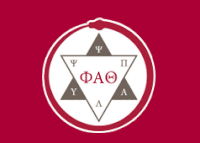Abstract
At the turn of the twentieth century the Ku Klux Klan experienced a major revival in the United States. By the early 1920s, nationwide membership reached over two million. As it grew, the Klan sought new territory in the West to expand into. Being over ninety-five percent white, eighty-five percent native-born and mostly Protestant, the Oregon population was a perfect target for the Klan. Oregon soon became home to one of the country’s largest KKK organizations with over 30,000 sworn members in fifty separate chapters across the state. The Klan in Oregon also printed its own newspaper and had a massive influence on state and local politics. Using a wide variety of primary sources, this paper will discuss the key factors in the Oregon Klan’s rise to power and eventual demise.
Despite Oregon’s reputation as a progressive state, it has a dark history of bigotry and racism that is still unknown to many of those who live there. By showing how America’s most infamous racial hate group, the Ku Klux Klan, rose to power in Oregon, this paper can help Americans better identify and understand the social conflicts that exist in our communities today.
Recommended Citation
Bruce, Ben
(2019)
"The Rise and Fall of The Ku Klux Klan in Oregon During the 1920s,"
Voces Novae: Vol. 11, Article 2.
Available at:
https://digitalcommons.chapman.edu/vocesnovae/vol11/iss1/2


